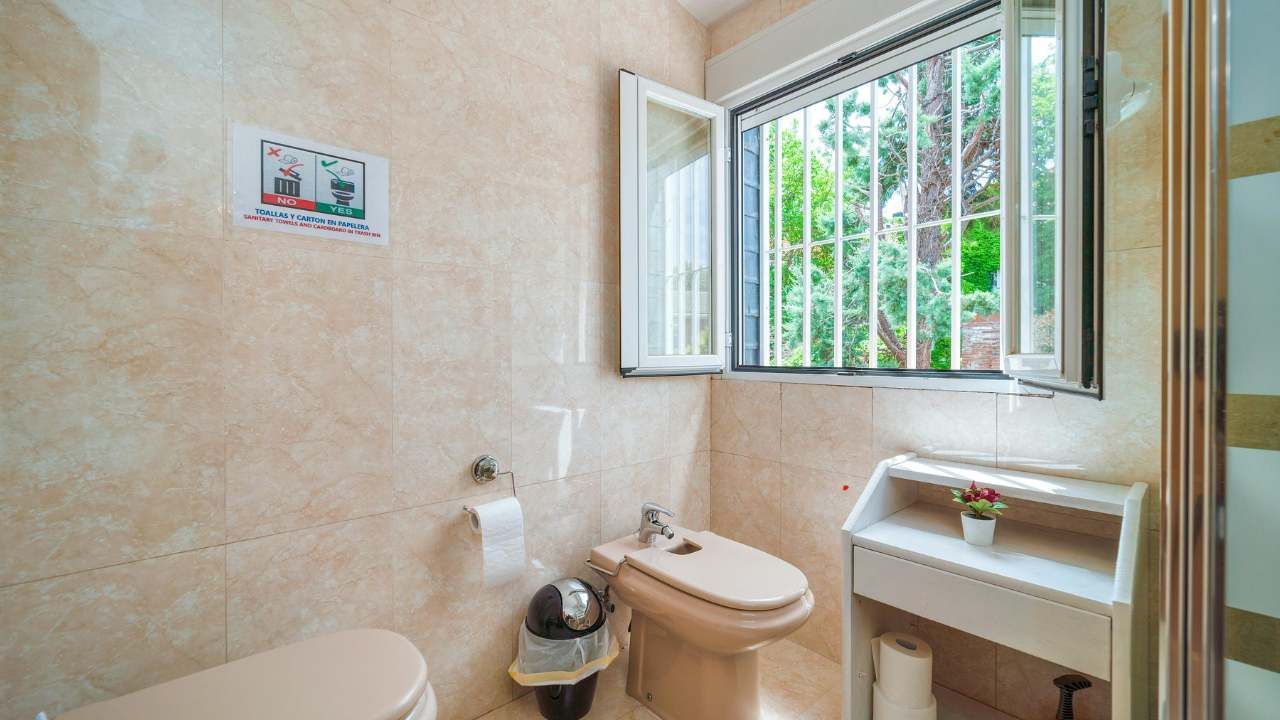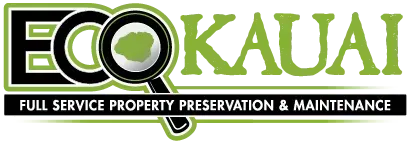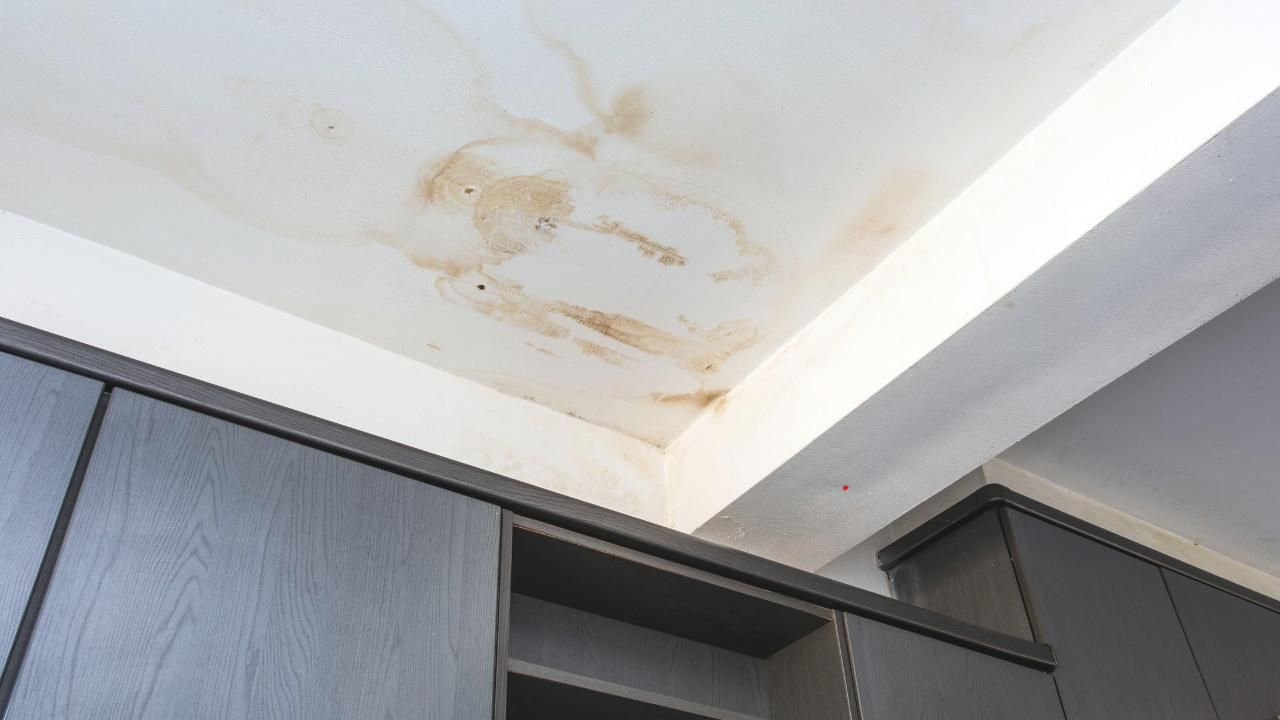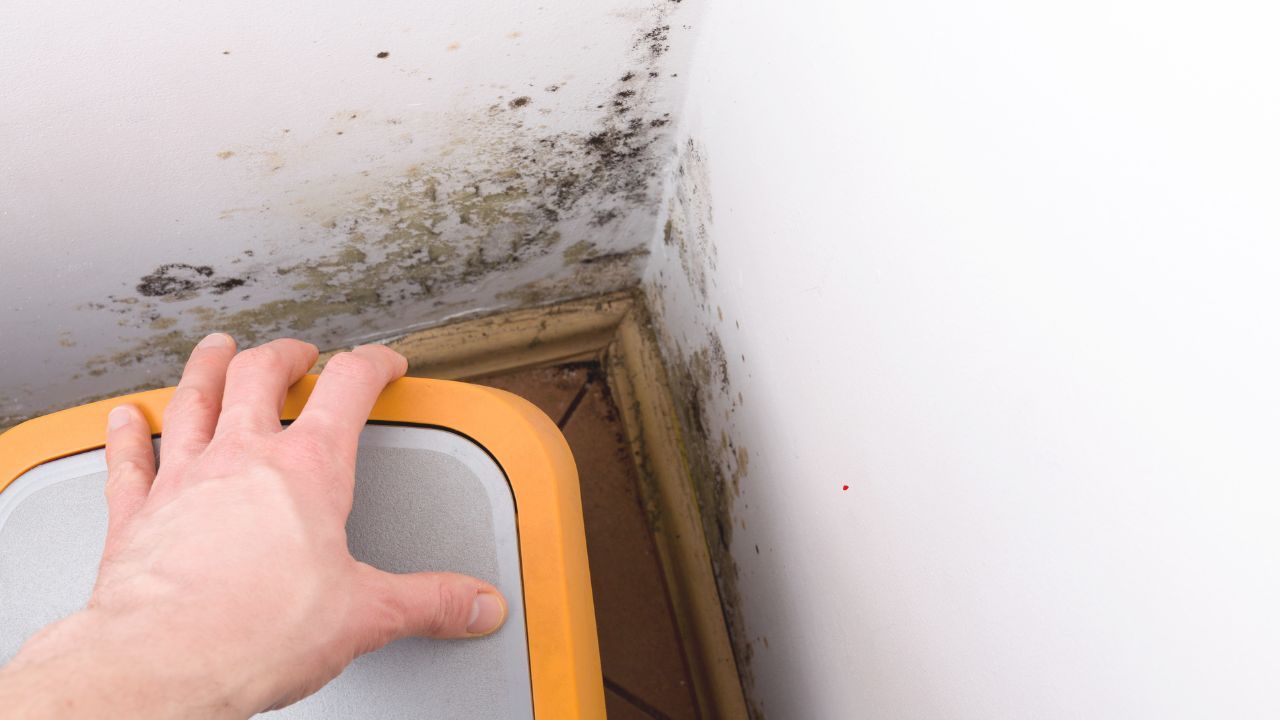Mold Prevention 101: Why Ventilation Matters

Mold can turn your home into a health hazard faster than you think—and in humid places like Hawai’i, it doesn’t take much. One of the most overlooked yet effective ways to stop mold in its tracks is proper ventilation. Before you start looking up mold remediation in Kaua’i, HI, understanding how airflow affects mold growth might just save you time, stress, and money.
In this guide, we’ll break down the connection between mold and poor ventilation, what you can do about it, and when it’s time to call in the pros.
Why Mold Loves Stale, Humid Air
Mold is a living organism, and like most living things, it needs the right environment to grow. That environment? A mix of moisture, warmth, and organic material to feed on—like wood, drywall, and even dust.
Poor ventilation traps humidity indoors. Bathrooms without fans, kitchens without exhausts, and homes sealed too tightly to “save energy” all create perfect breeding grounds for mold. Once mold spores take hold, they can quickly spread through walls, floors, ceilings, and air ducts.
Here’s what stagnant, moist air does:
- Raises indoor humidity levels above 60% (ideal for mold)
- Prevents moisture from escaping after cooking, showering, or drying clothes
- Encourages condensation on windows, walls, and ceilings
- Allows musty odors to linger—often the first sign of mold
If your home feels stuffy or smells earthy, you may already have an issue.
How Ventilation Stops Mold Before It Starts
The good news? You can prevent most mold issues simply by moving the air around. Good ventilation disperses excess moisture and reduces the chances that mold spores will settle and grow.
Here’s how ventilation helps:
- Reduces humidity by replacing moist indoor air with fresh, drier outdoor air
- Prevents condensation in cooler areas like basements or behind walls
- Improves air quality and keeps rooms from becoming stagnant
- Supports drying of surfaces after spills, leaks, or high humidity events
You don’t need a fancy HVAC system—though it helps. Simple steps like using exhaust fans, opening windows regularly, and allowing interior doors to remain open can all promote better airflow.
Easy Ventilation Fixes You Can Start Today
Ready to breathe easier? Start with these low-cost or no-cost steps:
- Run exhaust fans in the bathroom and kitchen every time you cook or shower
- Crack windows open during the day, especially after rain
- Avoid overstuffing closets and cabinets, which restricts airflow
- Use a dehumidifier in damp areas like basements or laundry rooms
- Leave doors open between rooms to allow for cross-ventilation
- Check your attic vents—they’re critical in preventing heat and moisture buildup
If you're remodeling or building, talk to your contractor about passive ventilation strategies like vented soffits, ridge vents, or energy recovery ventilators (ERVs).
When You Need Professional Help
Sometimes, even the best ventilation can’t undo existing mold damage. If you spot recurring mold despite your best efforts—or notice health symptoms like coughing, sneezing, or headaches—it may be time to call in experts like Eco Kauai Services. They offer professional Kauai mold remediation services to safely remove mold, prevent regrowth, and restore indoor air quality.
Case Study: How Ventilation Saved a Family Home
A family in Hanalei noticed a persistent musty smell in their guest bathroom. Despite cleaning it weekly, the mold kept returning. After a quick inspection, it turned out the exhaust fan had failed years ago, and humidity from showers had soaked into the drywall. Once a new fan was installed and the wall was repaired, the mold stopped coming back. Simple fix—huge difference.
Final Thoughts
Ventilation isn’t just about comfort—it’s about protecting your home and your health. Keep the air flowing, and you’ll go a long way in stopping mold before it starts. And if the problem’s already taken root, don’t hesitate to contact a local mold expert.
Don’t wait for the smell—take action today.




